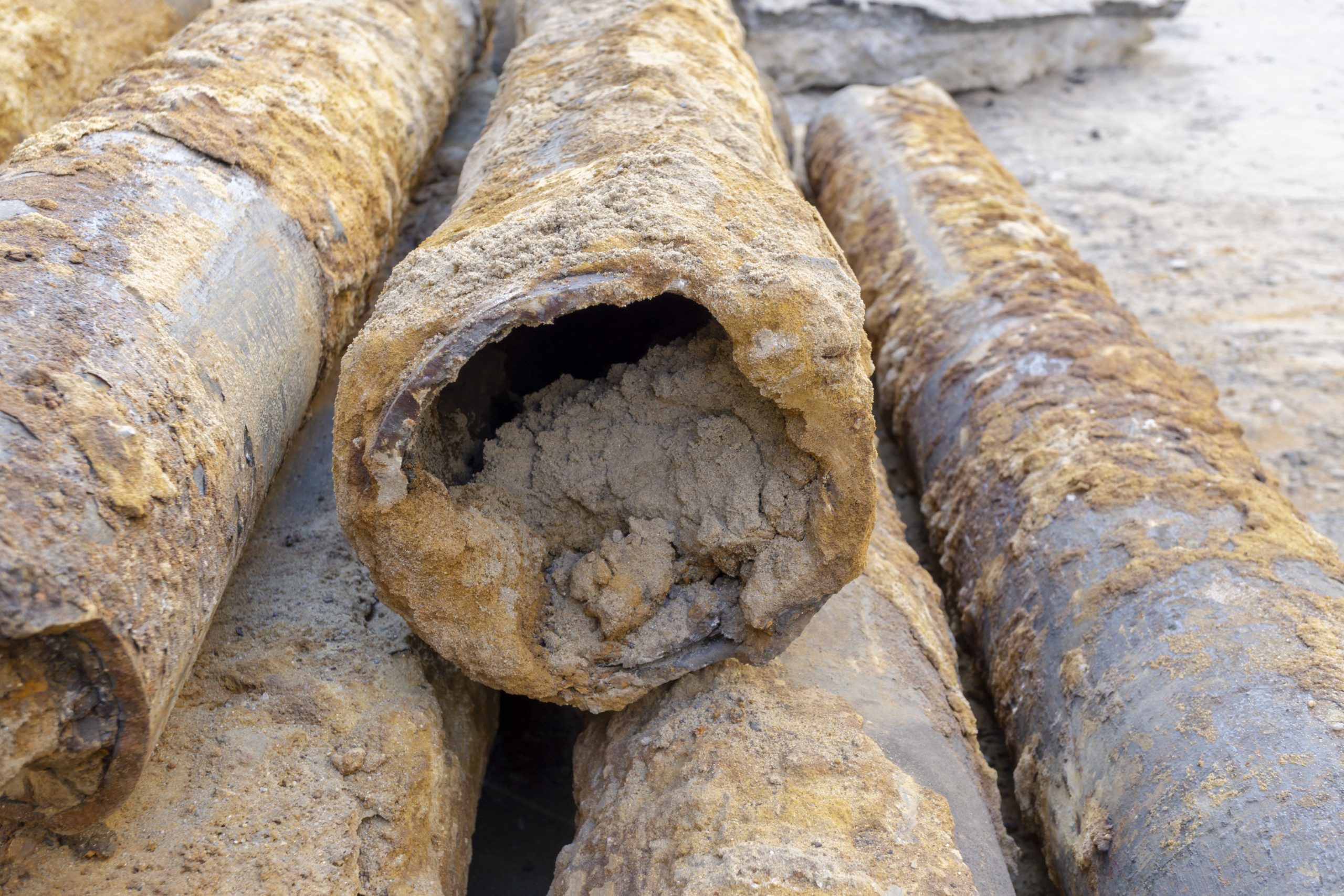CIPP or cured-in-place pipes have been around for decades as a convenient pipe repair solution for homes and commercial establishments. It replaces old, cracked, or damaged pipes by injecting a special resin into the line, then subjects it to steam or UV light to harden. The result is a new pipe that’s waterproof and damage-resistant.
Although CIPP is a cost-effective solution, not all pipes are rehabilitated using this method. According to the CDC, only 50% of sanitary, sewer, and storm pipes in the United States have been injected with CIPP lining. Building plumbing and water pipes that need replacements can benefit from the installation, but several barriers prevent property owners from doing so.
Why Aren’t Pipes Replaced With CIPP?
There are several reasons why not all damaged pipes are replaced using the CIPP lining method. These include:
- Lack Of Public Awareness
Eric Wood invented CIPP technology in 1971 to replace a leaky pipe without having to dig up underneath his London garage. It was commercialized shortly after and has led to thousands of installations, but it often seems like a well-guarded secret among plumbing professionals.
Most home or building owners have no idea that it exists, let alone know its advantages over traditional pipe replacement methods. They only know that broken pipes need to be replaced with new ones and often come at the expense of landscaping and building integrity.

At times, what hinders the public from knowing about CIPP installation and its benefits is using technical terms to describe the process. Pipe contractors and related professionals need to explain CIPP in simpler terms. They can say that it acts as a pipe lining system made from special resin, hardened by steam. Or, they can explain that it’s a process of building a new pipe within a pipe, without having to dig or put in a new metal or PVC pipe.
- Small Pipe Diameters
Although CIPP replacements are applicable for pipes with diameters from four to 110 inches, it can be challenging to insert a liner in pipes with smaller diameters. Damaged pipes with diameters of four to six inches pose little room to inflate the liner.
Another concern is that the installation can significantly reduce the pipe’s diameter and cause drainage problems in the future. Professionals can resolve this concern using the latest in CIPP technology, which allows for efficient installation in smaller pipes.
- Pipe Integrity
Pipe integrity is another reason why not all pipes use lateral linings. Although CIPP boasts a trenchless or jointless installation, it may not solve plumbing issues when lines are sagging or bent. Clogged pipes, totally broken or with damaged parts, such as coupling straps or pipe hangars, can hinder lining installation.
If this happens, plumbing professionals need to inspect the entire pipe system to determine the appropriate solution.
- Quality Control
CIPP contractors follow several processes to ensure that the installation is successful. However, it’s common for pipes to have additional connections apart from lateral systems. While installers could cut holes or leave gaps to integrate them into the new pipe system, this practice can pose several problems. Workers can cut incorrect sizes or misalign placements, which can complicate restoration once CIPP installation is complete.
There are also instances when the pipes aren’t thoroughly cleaned or the liner is improperly cured. These shortcuts can compromise both the liner and the entire system, and may need another round of cleaning and replacement.
- Potential Health Concerns
Another compelling reason why CIPP isn’t fully endorsed for pipe rehabilitation is the health hazards it can cause to workers, residents, and the entire neighborhood because not everyone executes eco-friendly plumbing in their homes. The process of injecting steam or other heat sources is often accompanied by a strong plastic smell that can irritate the nose and lungs of everyone within the vicinity.
And, although professionals usually advise everyone concerned, CIPP installations may have long-term health effects, especially for workers. Although studies are still being conducted about this, contractors can keep their workers safe by ensuring that they wear protective clothing and follow proper installation procedures. They can also inform residents or communities ahead of time, and advise those who have health issues to stay away from the area while the curing process is ongoing.
Conclusion
CIPP is an excellent way to replace old, clogged, or cracked pipes since it requires little digging and can create new and durable pipelines. Unfortunately, not everyone knows how it’s done, as well as its benefits to homes, businesses, and communities.
Contractors can spread the word and increase public awareness by explaining it in layman’s terms and highlighting its benefits. They should also ensure workers, residents, and everyone concerned are protected from potential health risks through advisories before the installation. Workers should, then, adhere to string quality procedures during the entire process to ensure that linings are adequately cured, joints are adequately accounted for, and plumbing systems work as expected.

